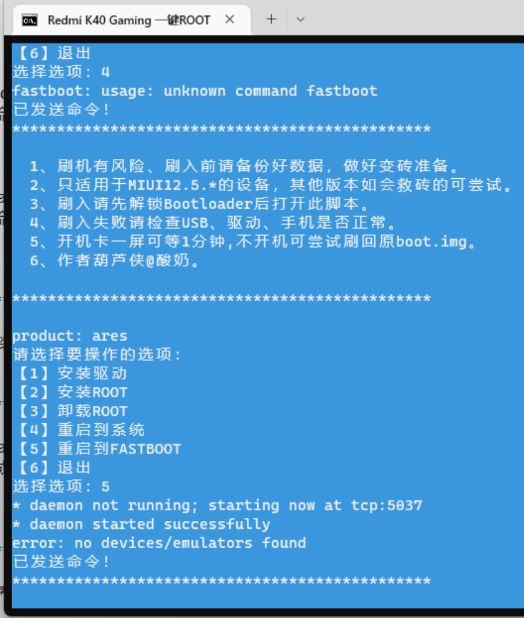我们在windows中可以很轻松的下载和安装各种各样的软件,我们在linux中也可以下载和安装,只需要wget命令即可,但是初装的虚拟机是没有这个命令的,我们需要安装他的包才能使用。

怎么安装wget命令?
LINUX下安装WGET命令(SFTP实现法)
方法一:通过yum
命令行为:
yum install wget
完成。此操作很简单,但是我安装的linux是centos的最小版本,运行上述命令时会出现无法连接到源网站(大概是这个意思)的问题。
相关文章推荐:1.在Linux命令行上下载文件的5个wget示例 2.Linux怎么安装pygame 相关视频推荐:1.兄弟连新版Linux视频教程
方法二:通过rpm
据说rpm是linux的通用安装法,小白表示不懂啊,但这不影响我使用。按以下步骤:
下载wget的rpm包:
http://mirrors.163.com/centos/7/os/x86_64/Packages/
(在这个网站搜索wget-1.14-15.el7_4.1.x86_64.rpm即可)。
运行: rpm -ivh wget-1.14-15.el7_4.1.x86_64.rpm
BUT 我的linux安装在windows系统下的虚拟机中,这就需要将wget包从windows系统中上传到linux服务器中。真是让人头大。
首先告诉大家,这个过程我用sftp是没有实现的,sftp的本地主机目录好像只是linux目录系统,输入windows目录会报错。谷歌了一个方法如下:
在开始菜单里,运行cmd(也可以快捷键win+R)进入dos模式,在命令行下输入:
pscp D:wget-1.14-15.el7_4.1.x86_64.rpm root@115.156.248.35(内部IP,不知道怎么解释):/home
然后在ssh中运行命令:

rpm -ivh wget-1.14-15.el7_4.1.x86_64.rpm
OK,大功告成















